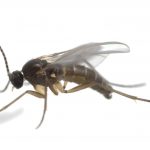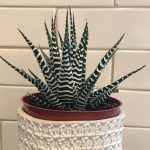Houseplants are a great way to add some life and greenery to your home; however, keeping them healthy and thriving can be a challenge, particularly when it comes to pests.
One of the most common pests that can affect houseplants are aphids.
This post will discuss the signs of an aphid infestation, the damage they can cause, and the most effective ways to get rid of aphids on houseplants.
A Quick Look at the Lifecycle of Aphids
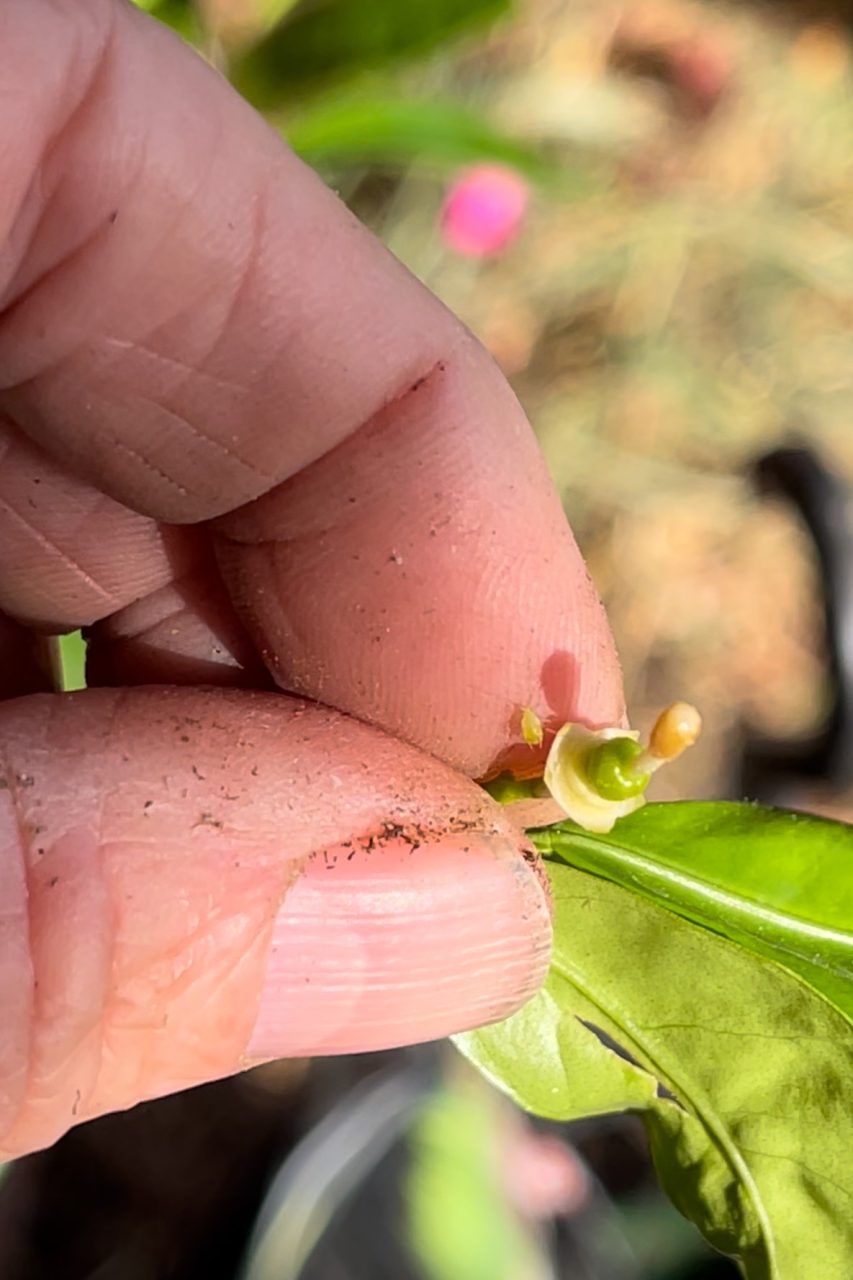
Houseplants are a delightful addition to any home, bringing a touch of nature indoors and providing a sense of tranquility.
However, even the most well cared for houseplants can fall victim to aphids.
Aphids are tiny insects that may seem harmless, but don’t let their size fool you. Aphids can wreak havoc on your beloved houseplants if left unchecked.
Aphids are small, soft-bodied insects that come in various colours, and they reproduce rapidly, with females capable of giving birth to live young without the need for mating. This process is known as parthenogenesis.
The lifecycle of aphids consists of several stages or instars and the development from nymph to adult is speedy, happening within a week, depending on factors such as temperature and food availability.
This means that a small aphid infestation can quickly escalate into a full-blown invasion if not addressed promptly.
Aphids grow by feeding on the sap of houseplants, using their sharp mouthparts to pierce the plant tissue and extract vital nutrients.
As they feed, aphids excrete a sticky substance called honeydew through two cornicles, which look like tailpipes located on the back end of their body.
This honeydew can attract other pests or create an ideal environment for the growth of black, sooty mold.
Understanding the feeding, lifecycle, and reproductive habits of aphids helps implement effective control measures.
You can effectively interrupt their reproduction and population growth by targeting vulnerable stages of their wheel of life, such as eggs and nymphs.
Let’s talk about what to look for to recognize an aphid infestation.
4 Telltale Signs that You Have Aphids on Your Houseplants
By being vigilant and closely inspecting your houseplants regularly, you can identify the presence of aphids early on and take the necessary steps to eliminate them.
Here’s how to tell that you have aphids on your plants:
1. You can See Them
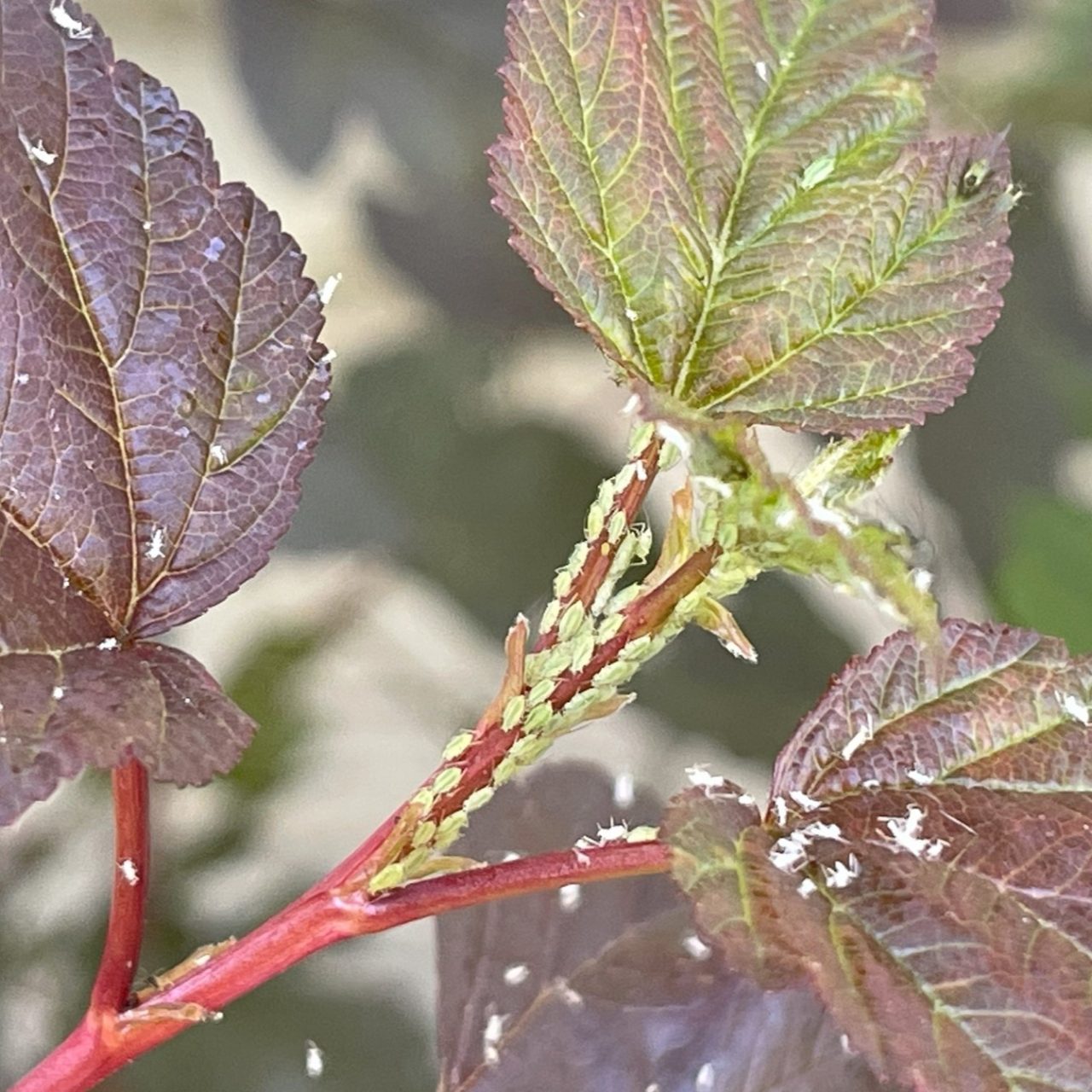
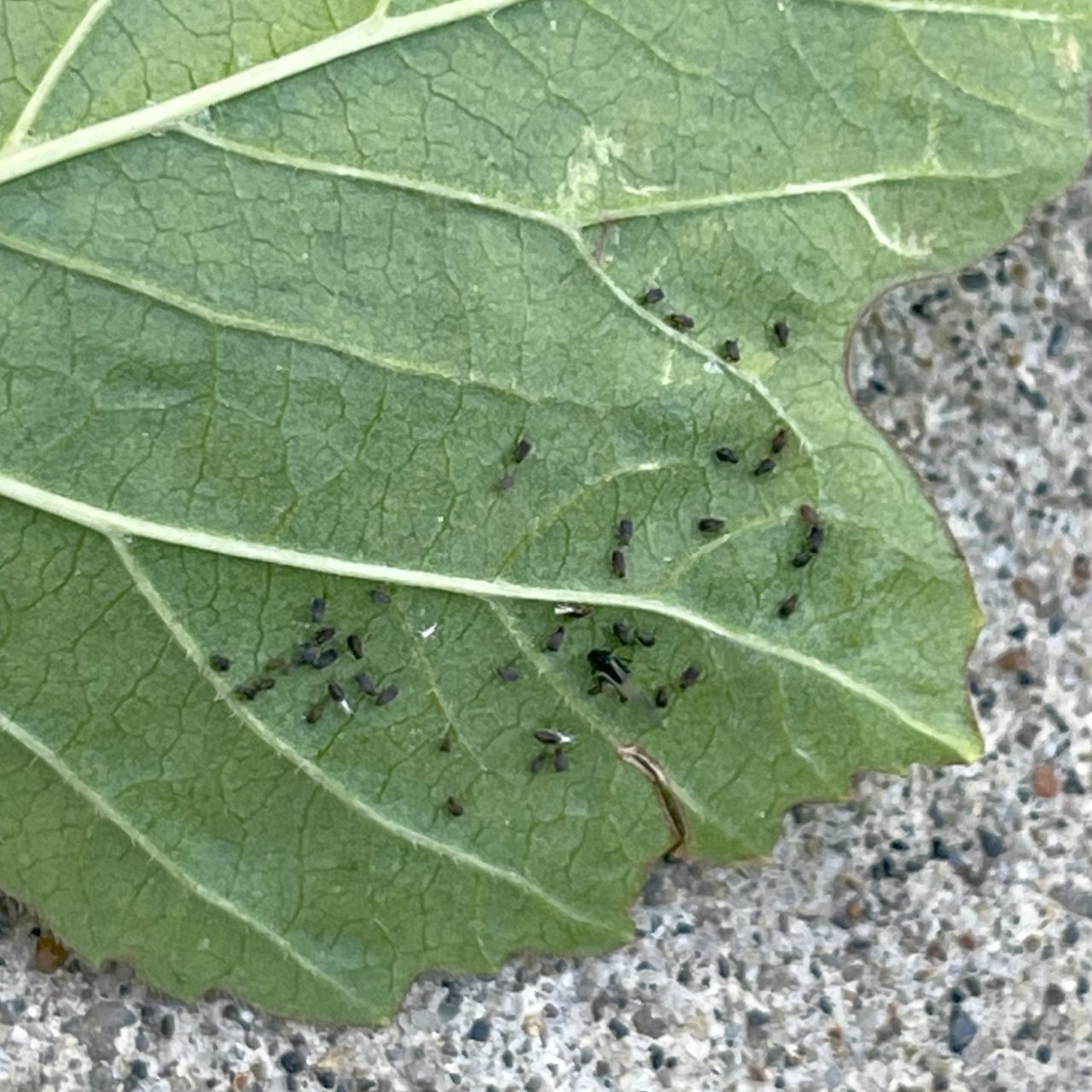
One of the most apparent signs of an aphid infestation is the presence of small, soft-bodied insects clustered on your plants’ stems, leaves, new growth, buds, and flowers.
Aphids prefer soft, tender growth because they are easy to pierce with their mouth parts.
Aphids have pear-shaped bodies and are typically about 1 to 3 millimetres long.
Start by examining the leaves, stems, and buds of your plants.
Aphids are often in green in colour, but they are also peach coloured, brown, black, or yellow.
Aphids are usually found in large numbers, making them relatively easy to spot.
2. A Sticky Residue Left Behind on the Leaves

Another clear indicator of aphids is the shiny, sticky residue they leave behind.
Known as honeydew, this sugary substance is secreted by aphids as they feed on the sap of your plants.
If you notice a sticky or shiny film on the leaves or a glossy, sticky residue on nearby surfaces, it is likely a result of aphid activity.
3. Unusual White Flecks on Plant Foliage

Aphid nymphs molt several times from instar to instar before reaching maturity.
During each stage of molting, aphids cast off white exoskeletons that look like unusual white flecks.
If you look closely, some look like aphid bodies.
Exoskeletons can be found on leaf tops as they drop from aphids hanging upside down on the leaves above.
4. Damaging Effects on Plant Growth

The impact of aphids on houseplants goes beyond physical damage.
Infested plants often exhibit stunted growth, wilting, yellowing or curling leaves, and distorted or deformed new growth.
These symptoms can be attributed to the damage caused by aphids sucking out the sap and injecting toxins into the plant tissue.
Another concern with aphids is their ability to transmit viral or bacterial diseases to your houseplants as they pierce the leaves. These diseases can cause discoloration, deformation, and even death of the affected plants.
Remember, early detection and intervention are key to preventing further damage and ensuring indoor greenery’s continued health and vitality.

Want the inside scoop on more gardening tips? Get early access to all my blogs and exclusive content by signing up for my newsletter!
Methods to Control Aphids on Houseplants
When it comes to dealing with aphids on your beloved houseplants, you may prefer to take a natural approach.
Fortunately, several effective methods exist to control these pesky insects without resorting to harsh chemicals.
1. Plain Water Spray

If aphids are caught before they grow wings, they can be easily eliminated by showering them or using a strong water bottle spray to knock them off.
Without wings, these little creatures can’t get back on the plants, and they quickly die.
If your plant is portable, take it into the tub or shower and thoroughly spray off the leaves with a handheld or overhead shower water spray.
2. Homemade Insecticidal Soap
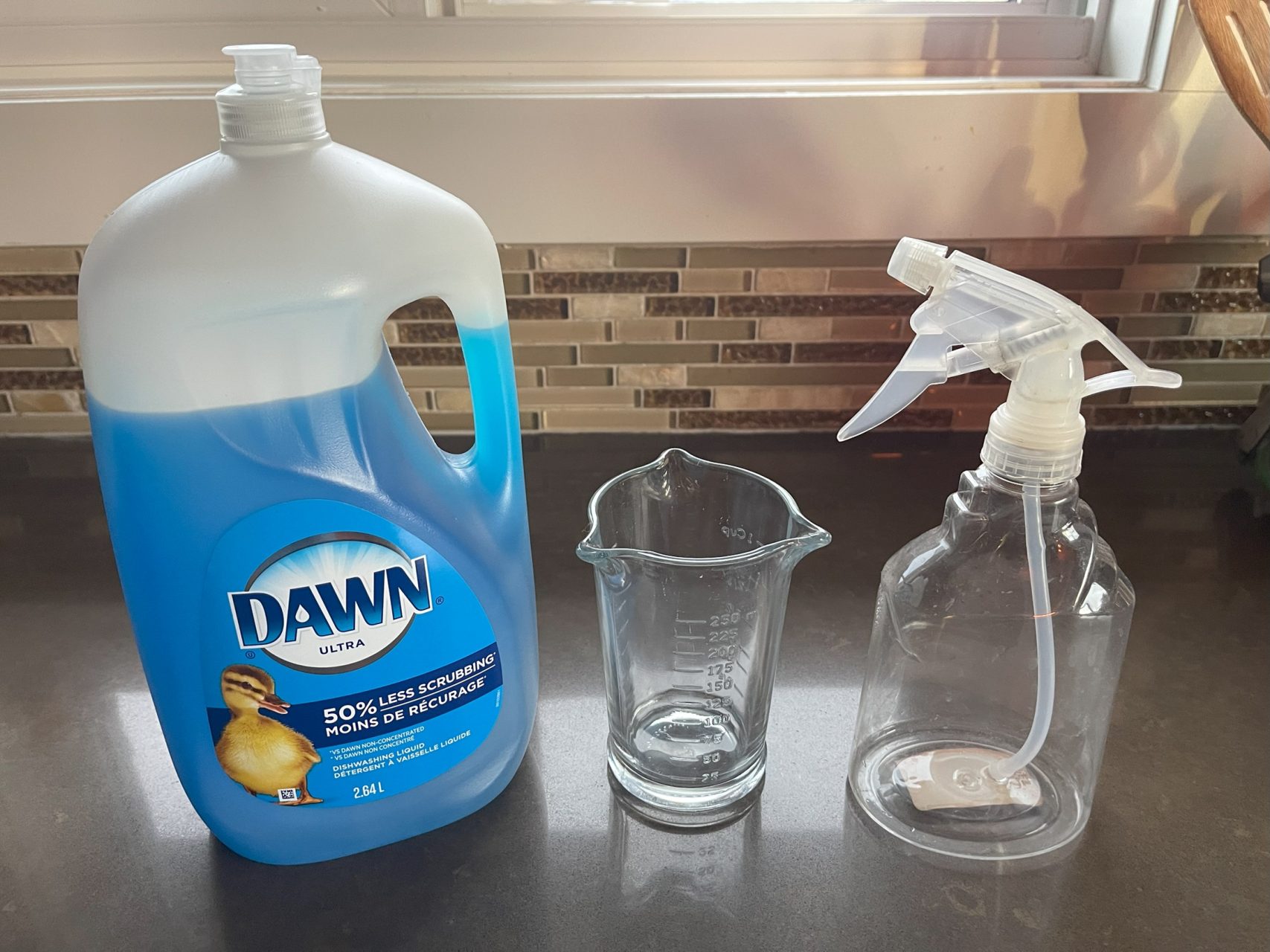
Create your own insecticidal soap by mixing a mild liquid dish soap with water.
This soapy solution works by suffocating and dehydrating the aphids, eliminating them from your plants.
Mix 5 ml (1 tsp) of mild liquid dish soap (I prefer Dawn) with 1 litre (1 quart) of water in a spray bottle to create this spray.
However, never use dishwasher pellets or granules.
Pour the solution into a spray bottle, shake the mixture well to ensure it is thoroughly combined, and apply it directly to the affected plants, ensuring you cover both the tops and undersides of the leaves as aphids tend to hide and feed on the undersides.
Repeating the spray application every few days is recommended until the aphid infestation is under control.
Homemade aphid sprays offer a cost-effective and eco-friendly solution for eliminating these pesky pests from your houseplants.
Using these natural remedies, you can effectively protect your plants without using harmful chemicals.
3. Ready-made Insecticidal Soap
One of the most effective and safe chemical options for aphid control is insecticidal soap.
It works by suffocating insect pests upon contact, disrupting their cellular membranes and causing them to dehydrate.
Insecticidal Soaps are one of the safest insecticides as they are available in natural and organic solutions that don’t leave a harsh residue.
This type of soap is specifically formulated to target soft-bodied insects like aphids while being safe for plants.
They are safe to use around children and pets, making them a popular choice among plant enthusiasts and parents.

Some insecticidal soaps are ready to use, but others come in a concentrate that requires dilution. Follow all labels for constitution instructions.
Insecticidal soap can be sprayed directly on the affected areas of the houseplant, ensuring thorough coverage of the leaves and stems.
Pay extra attention to areas where aphids tend to congregate, such as the tips of new growth or the undersides of leaves.
Insecticidal soaps are safe for most plants but double-check the label to see if your particular plant is sensitive.
Plant Care Practices to Prevent Aphid Infestations
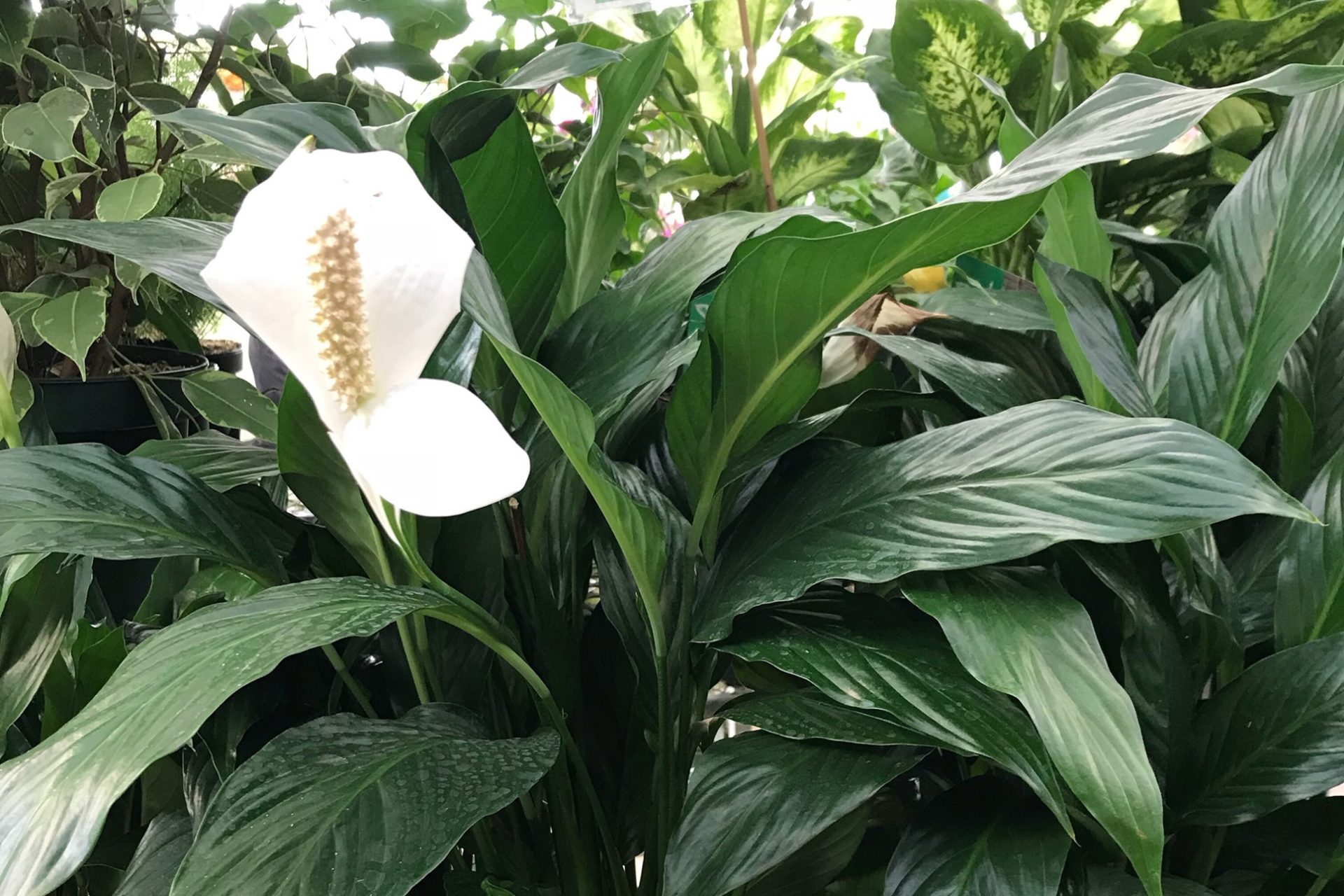
Good plant care practices are essential for your houseplants’ overall health and growth and play a necessary role in avoiding aphid infestations.
By implementing these practices, you can create an environment less attractive to aphids, reducing the likelihood of an infestation taking hold.
1. Regularly Inspect Your Houseplants

Early detection can make a significant difference in preventing the spread of aphids or other pests to neighbouring houseplants.
Starting at the bottom of the plant, check the soil for moisture and texture, and check if there are any insects on the soil.
Related: 5+ Ways to Get Rid of Fungus Gnats in Houseplants
Then, take an intentional general head to toe look at your plants. Leaves reveal a lot of information about plant health.
Check to see that the leaves have deep colour. Most leaves are green, but there are some with lighter chartreuse leaves, burgundy leaves, and variegated versions.
Next, check the leaves and stems for insects.
Be vigilant in checking the undersides of leaves, tender stems, leaves, and flowerbuds, where aphids tend to congregate.
2. Keep Houseplants Tidy and Neat

Maintaining good plant hygiene is another key aspect of preventing aphid infestations.
Remove any dead or decaying plant material from around your houseplants, as this can attract aphids.
Additionally, be cautious when introducing new plants to your collection, as they may be carrying aphids or other pests. Quarantine new plants for a few weeks before integrating them with your existing plants to ensure they are pest-free.
3. Maintain Proper Watering
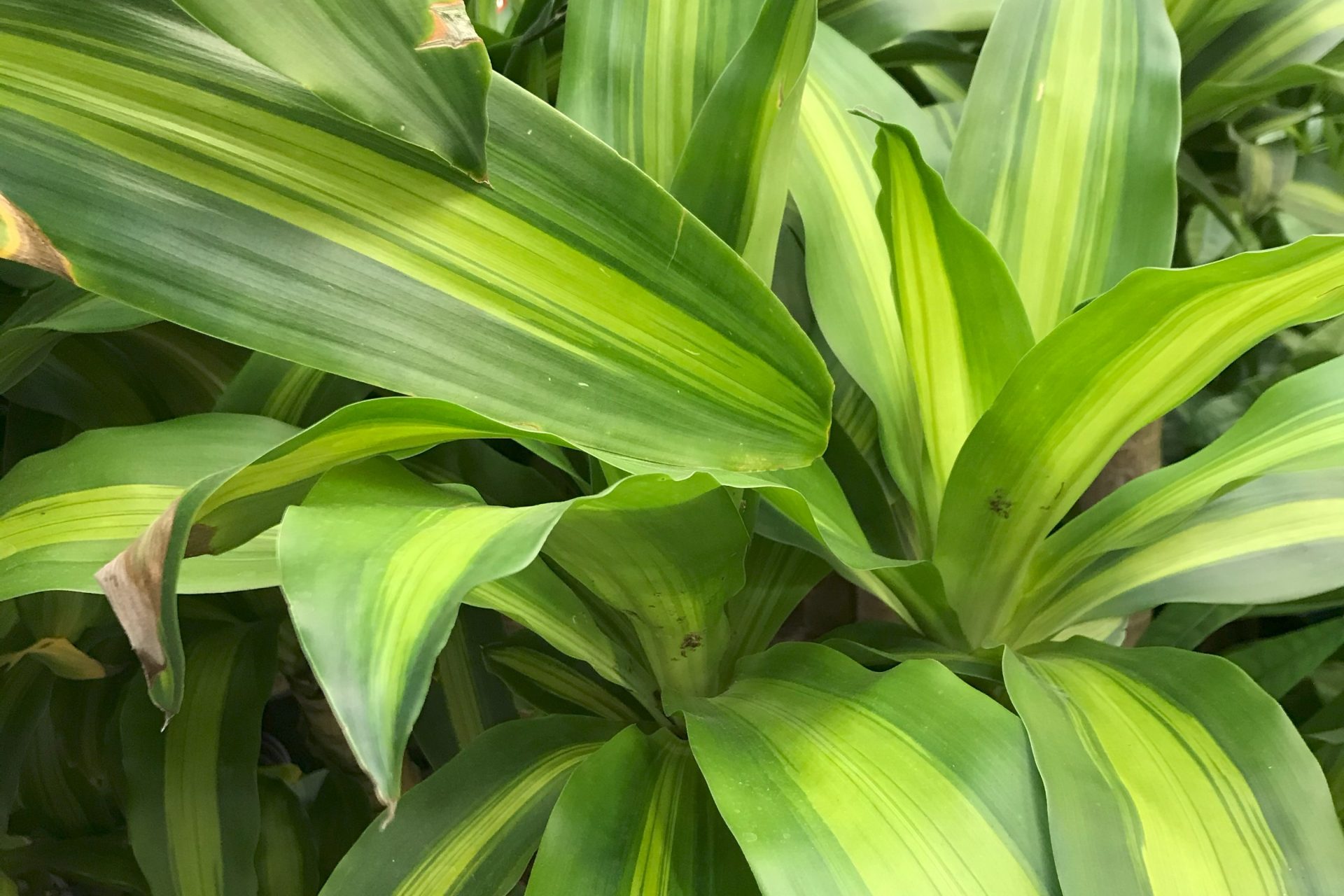
Effective watering practices are also important in preventing aphids.
Overwatering and underwatering can weaken plants and make them more susceptible to infestations.
Monitor your plants weekly for hydration.
Plant hydration can be checked in a few ways:
Leaves give us plenty of clues about plant health:
- Wilted leaves are often a sign of dehydration but can also indicate overwatering.
- Leaves with rotted bases are often an indicator of overhydration.
Check the Soil – check to see if any insects are living in or on top of the soil.
Ensure you water your plants at their base and avoid wetting the leaves excessively, as this can create a favourable environment for aphids to thrive.
3. Fertilize Regularly
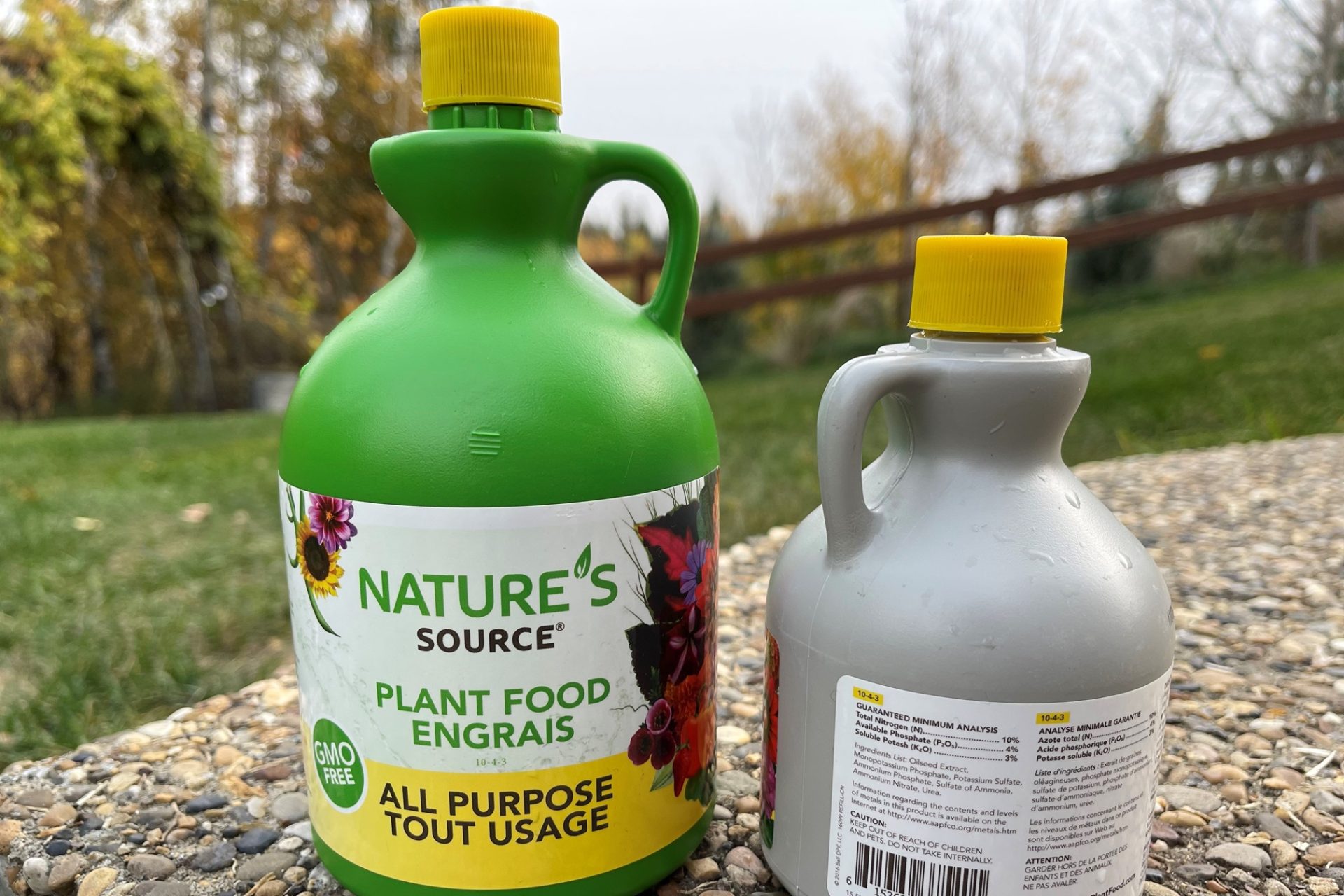
Regularly fertilizing your plants with organic fertilizers can help improve their overall health and resilience, making them less susceptible to aphid attacks.
However, houseplants grow less actively during winter and require less fertilizer.
Related: For more on my favourite fertilizer, What is the Best Way to Fertilize Plants?
By implementing these proper plant care practices, you can create a less appealing environment for aphids, reducing the risk of infestations and ensuring the health and vitality of your houseplants.
Remember, prevention is always better than dealing with the aftermath of an aphid infestation, so prioritize these practices to keep your plants thriving and pest-free.
Related: For more on houseplant care, check out Tropical Plant Care in the Winter.
Don’t Let Aphids Dampen Your Love for Houseplants
Aphids are a pest, but there are many ways you can get rid of aphids on houseplants and have them back to being beautiful and thriving. By following my simple tips on how to spot the signs of an aphid infestation and implementing effective elimination methods, you can save your plants and restore their health.
Inspect your plants regularly, use natural remedies or low-residue insecticides if necessary, and maintain good plant care practices to prevent future infestations.
©Sharon Wallish Murphy ©Gardening with Sharon










